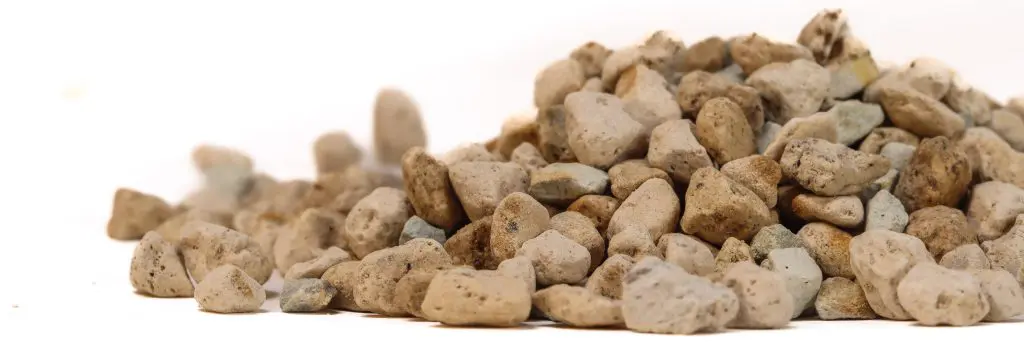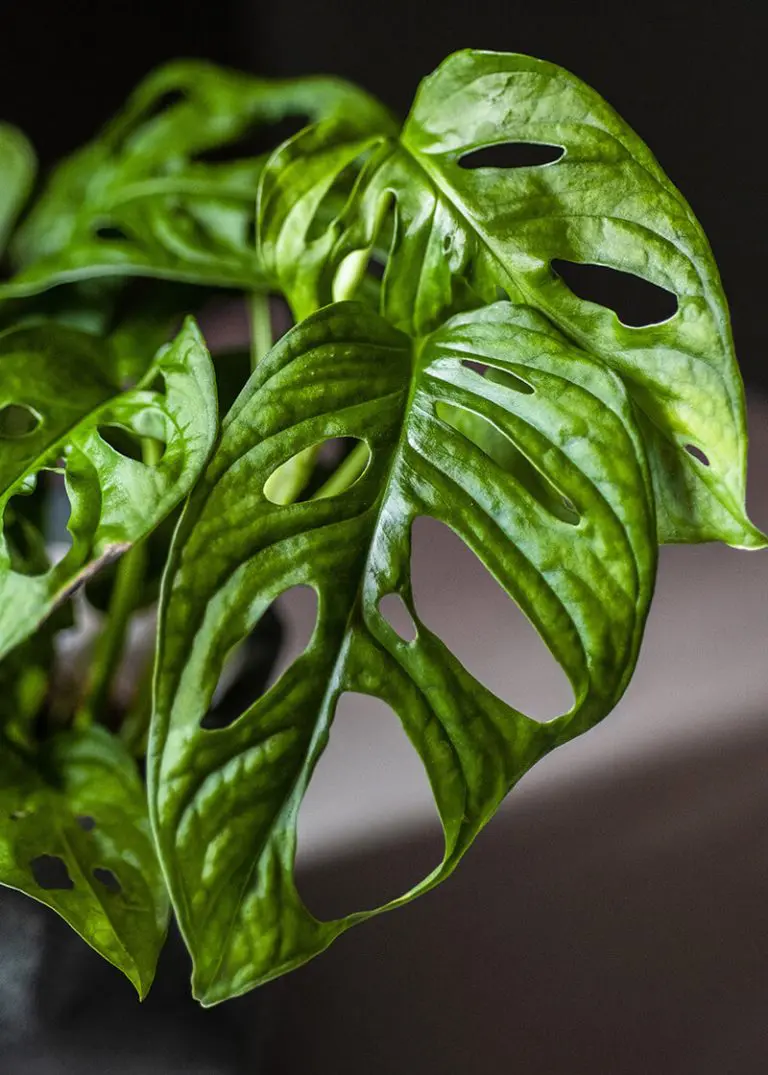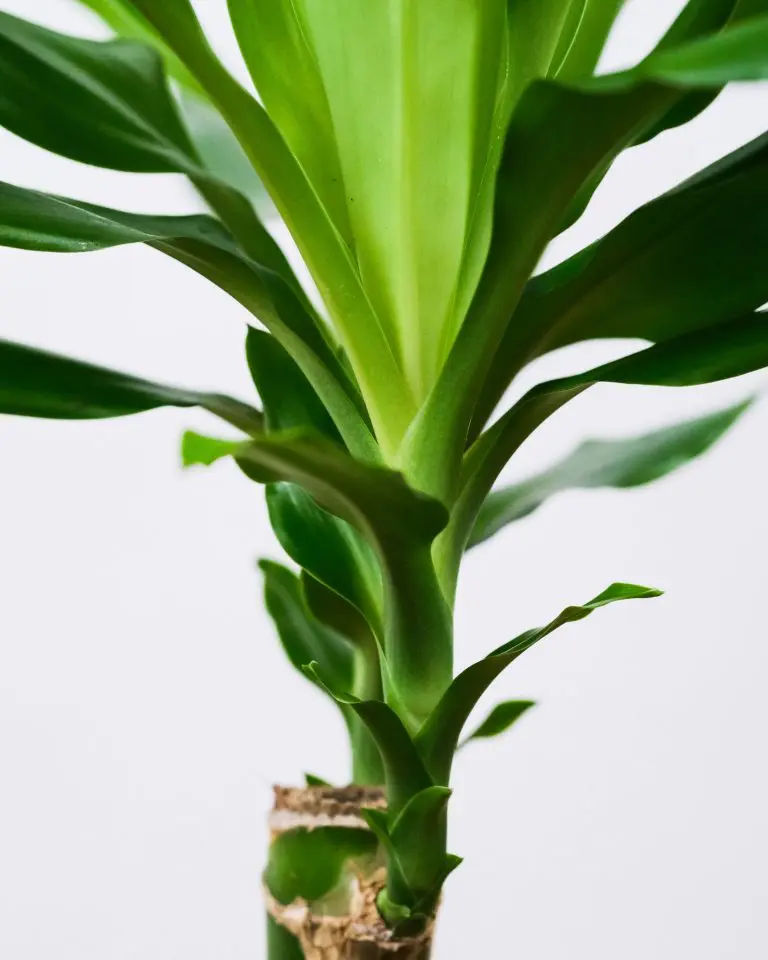A little dilute fertilizer can be added to the water occasionally to maintain a deep green colour.



Crassula ovata “Gollum”, also known as Horn Tree or Trumpet Jade, is a succulent branched shrub that can grow up to 2.5 metres in height.
Latin name
Crassula ovata “Gollum”
Pronunciation
(“KRASS-yoo-lah oh-VAH-tah”)
Common name
Trumpet Jade
Origin
Mozambique, South Africa
The thick, fleshy, green leaves are arranged in opposite pairs along the stem, which branch readily, and are easy to break off at each bud for propagation.
Crassula ovata is often called the Jade plant because of the colour of its leaves. The variety ‘Gollum’ has characteristic long, incurved leaves that form a quill shape, almost tubular in appearance, which explains common names such as Horn Tree and Trumpet Jade.
Did you know?
Like other jade plants, it’s associated with prosperity and good fortune in many cultures.
Crassula ovata ‘Horn Tree’ is toxic to pets if ingested. It can cause vomiting, lethargy and loss of coordination in cats and dogs. It is generally considered safe for humans but should not be consumed.
caring for your plant

Light
Does best in good light, and will tolerate direct sunlight. It will cope with more moderate light levels, as long as it is not over watered.

Watering
Needs very little water, especially in winter. The soil should be allowed to dry out between watering. Excess water may cause the stems to rot.

Pruning
If the stems get leggy, the plant should be cut back to a leaf scar (an obvious line on the stem where old leaves were previously attached. This will encourage branching and bushy growth. Cut sections of the plant (including leaves) are easily rooted and will grow quite quickly into new plants.

Feeding

pest & diseases
Usually untroubled by pests. Any mealybugs or scale insects should be physically removed as soon as they are spotted.
Our plants are grown in Ecoponic, an alternative to soil. Officially known as a vulkaponic substrate, it replaces traditional compost with a clean, mineral-based medium that helps protect peatlands.
According to the IUCN UK Peatland Programme, “A loss of only 5% of UK peatland carbon would be equal to the UK’s annual greenhouse gas emissions.” As well as storing carbon, the natural wetlands where peat is found are critical to the survival of plants and wildlife. Ecoponic also improves plant health and uses water more efficiently.
Find out more about Ecoponic here.


Buy one of my cousins from the nursery
Did you know?
Research from the University of Exeter found that offices with plants can increase productivity by up to 15% while also improving concentration and job satisfaction.
Plantopedia is brought to you as part of our Engage & Bloom workplace experience program.
explore more
Why not continue your journey through the plant world. Explore more plants, their stories, habitats and the benefits they bring to spaces.






